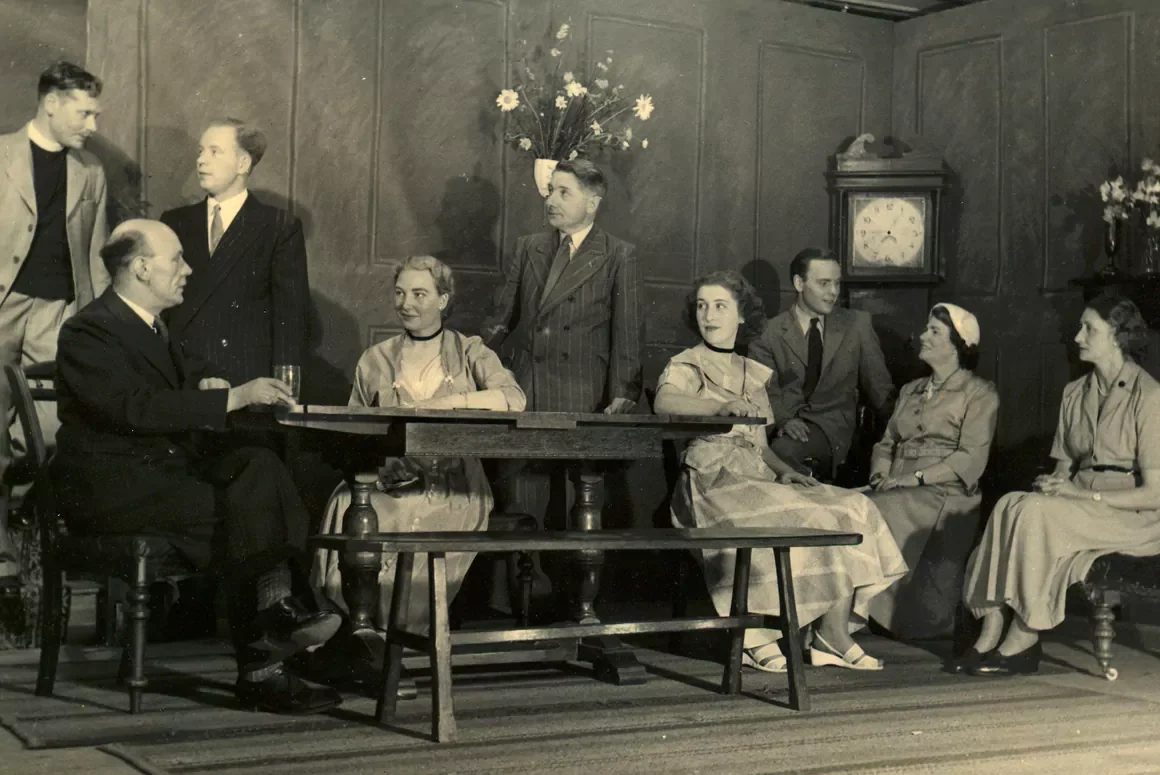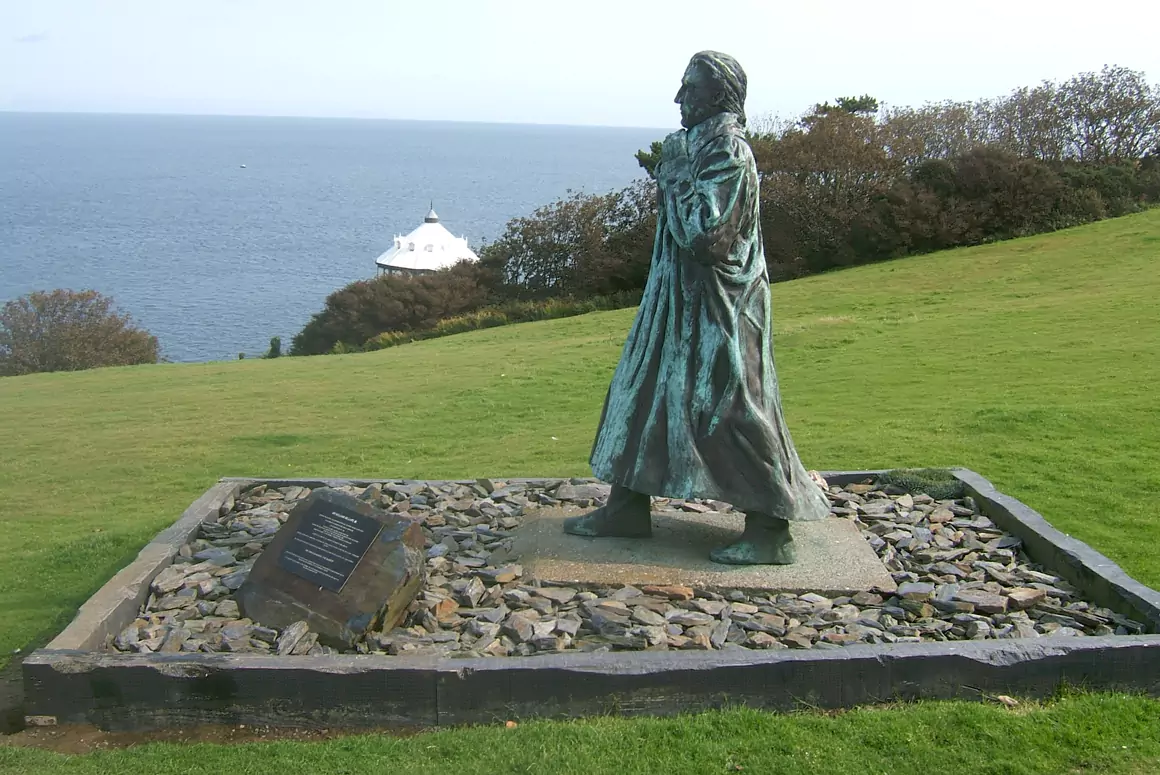![]()
During the summer months many villages benefit from community organised fetes and festivals. Between the 10th and 12th June, Raglan witnesses the return of its annual Music Festival, so this month Karen Foy pays a visit and looks beyond the musical backdrop to discover what really makes this rural Monmouthshire village tick.
Situated between Monmouth and Abergavenny, Raglan lies at the very heart of the county of Monmouthshire. The parish – which consists of Pen-y-Clawdd, Llandenny, Tregare, Bryngwyn and Kingcoed – has a population of approximately 2,000 residents living within 600 houses.
In many villages the church was the hub of community activities, and Raglan was no different. At the crossroads of Monmouth Road, High Street, Castle Street and Chepstow Road stands the impressive St Cadoc’s Church. Believed to be partly 14th century in construction, with later additions, it suffered considerable damage during the Civil War but was, thankfully, restored to the impressive building it is today. It wasn’t until the 1860s that the 8th Duke of Beaufort had what is now the Side Chapel built to accommodate Raglan’s growing population. Other restorations took place at this time along with the introduction of a number of St Cadoc’s beautiful stained glass windows; one which particularly stands out is a memorial to Lord Raglan, by forty-five army sergeants who had served under him in the Crimean War.
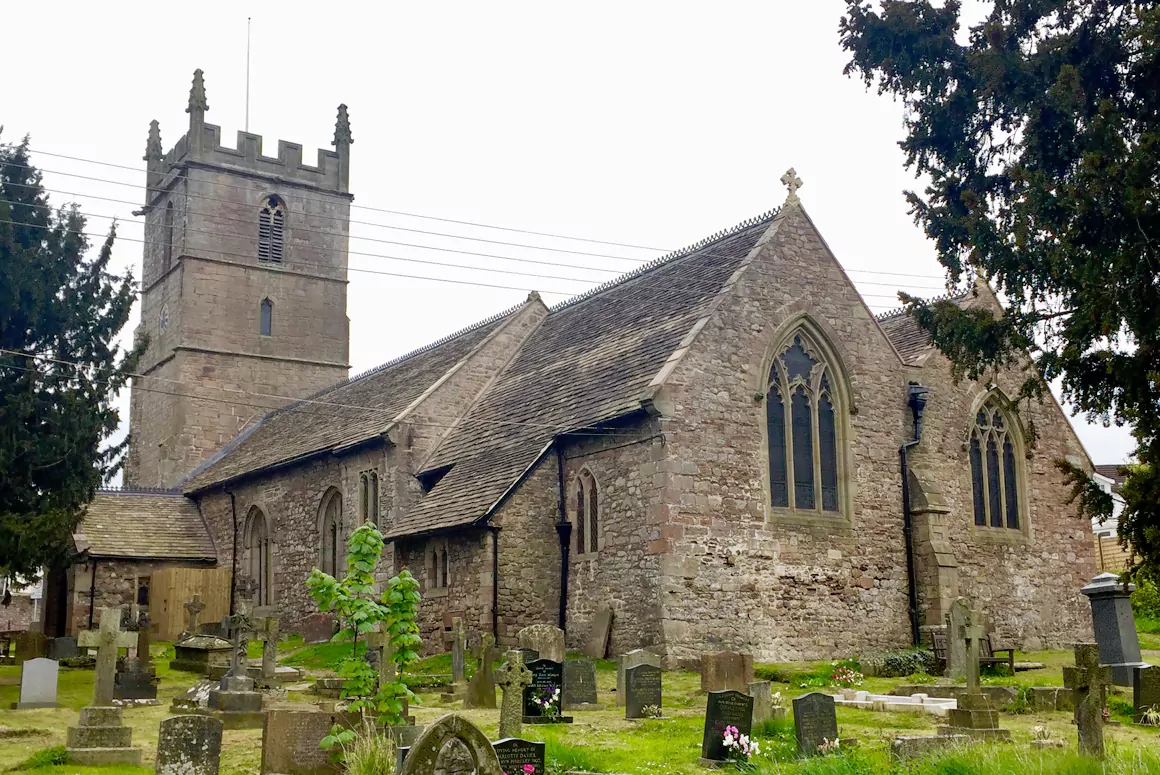
Between the church and the Beaufort Arms Inn is the market cross. Constructed of stone, this cross would have been the place where the local market was held, with stall holders gathering to sell their wares and produce – perhaps even using the huge base of the stone cross as a ‘makeshift’ table to showcase their goods or conclude any business dealings. Gatherings have taken place on this spot for centuries, with the first recorded market taking place here in 1354.
But there are not many villages that can boast a medieval fortress. The ruins visible today date from 1435 when Sir William ap Thomas began construction on the site of what had once been a Norman motte-and-bailey castle, passing the ‘baton’ for development on to his son upon his death. Ap Thomas fought alongside King Henry V at the Battle of Agincourt and brought the French influence and ‘eye for design’ home to Britain when constructing this mammoth feat of engineering. As a result it became the boyhood home of the future King Henry VII, who enjoyed the comforts of the Tudor styling.
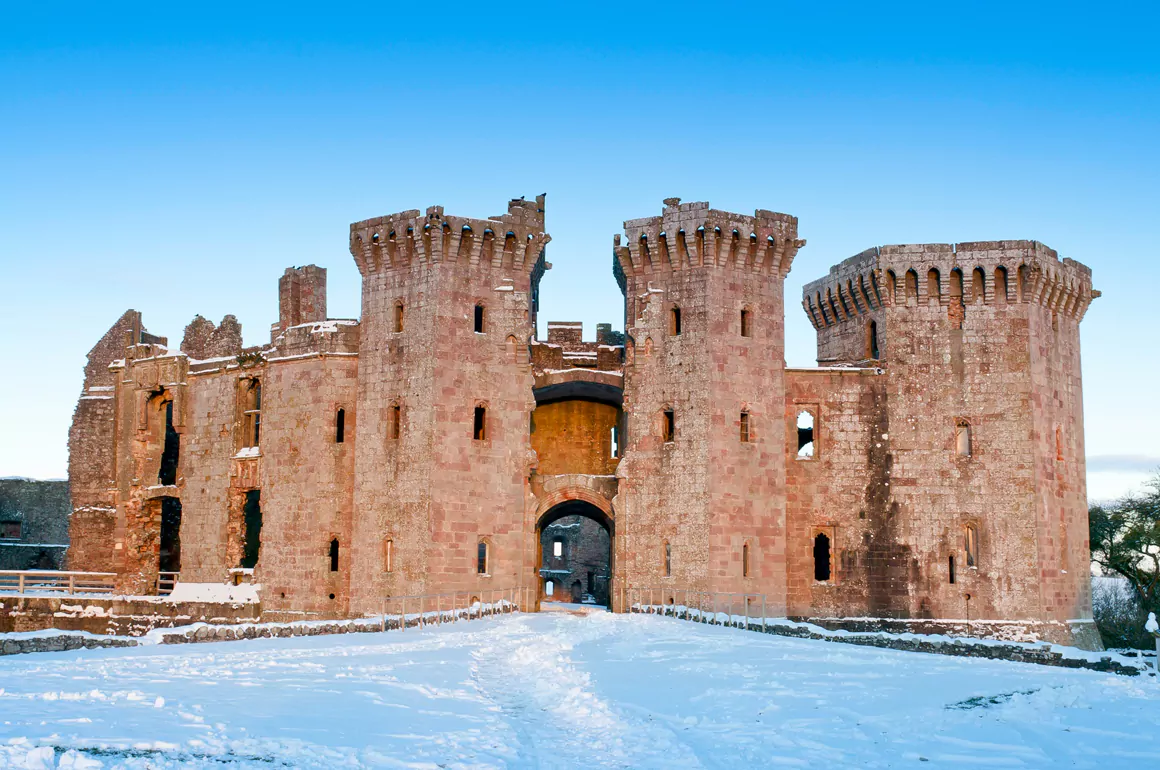
Regardless of its early grandeur, Raglan Castle fell into disrepair on the outbreak of the lengthy Civil War; there was even a period when it was ‘looted’ for construction materials for buildings in the surrounding area. Despite this, much remains of this spectacular stronghold with its hexagonal Great Tower, oriel window, and stone plaque bearing the Arms of the 3rd Earl of Worcester, and in 1938 the castle was taken over by the government and made safe to open to the public. Now under the administration of Cadw – the historic environment service of the Welsh Assembly Government – its angular towers and sandstone edifice have created an impressive backdrop for TV and film productions such as the popular ‘Who Do You Think You Are’ and the 2008 adaptation of ‘Merlin’.
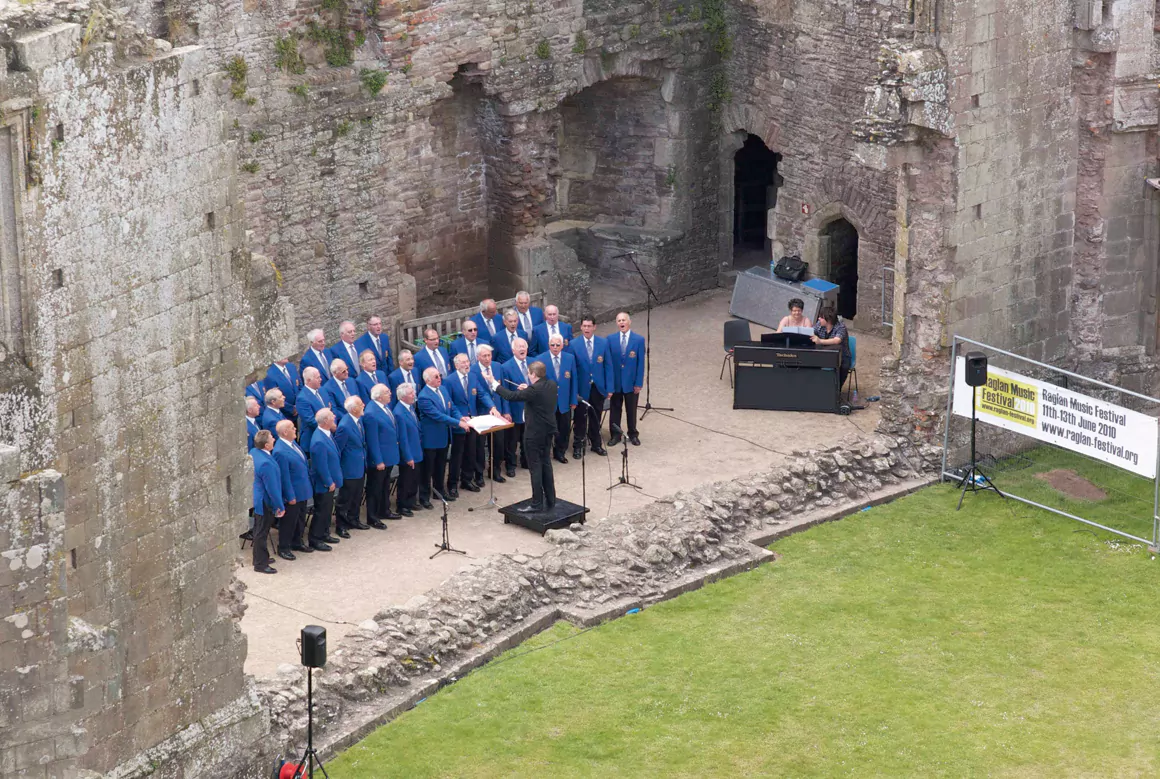
History in the Making…
Although keen to move with the times, Raglan is proud of its heritage and works hard to promote its history and important events within the village.
Over the years, the village has seen inhabitants come and go, and for those with ancestors that once resided in these parts help is at hand to find out more about past residents, local businesses and the stories that surround them. The Raglan and District Local History Group would be a great place to start, actively encouraging new members to join and contribute to preserving the area’s past. One enthusiastic member and online webmaster is Cheryl Morgan. An American by birth, but with Welsh roots, she explains:
“My husband and I bought a cottage in Raglan in 1997 and, eager to learn about my new home, I joined the Raglan and District Local History Group. Through this group I began to expand my family history work to include ‘village history’. Formed in 1955 by Horatia Durant – a direct descendent of Lord Nelson – the original group consisted of nine people interested in local history. It has always had a winter programme of talks and lectures and summer visits.
“In 1995 we celebrated our 50th Anniversary with a special dinner held at the Beaufort Arms. At this event we launched the Digital Story Telling Project, aspects of village life that would otherwise have definitely been lost forever.”
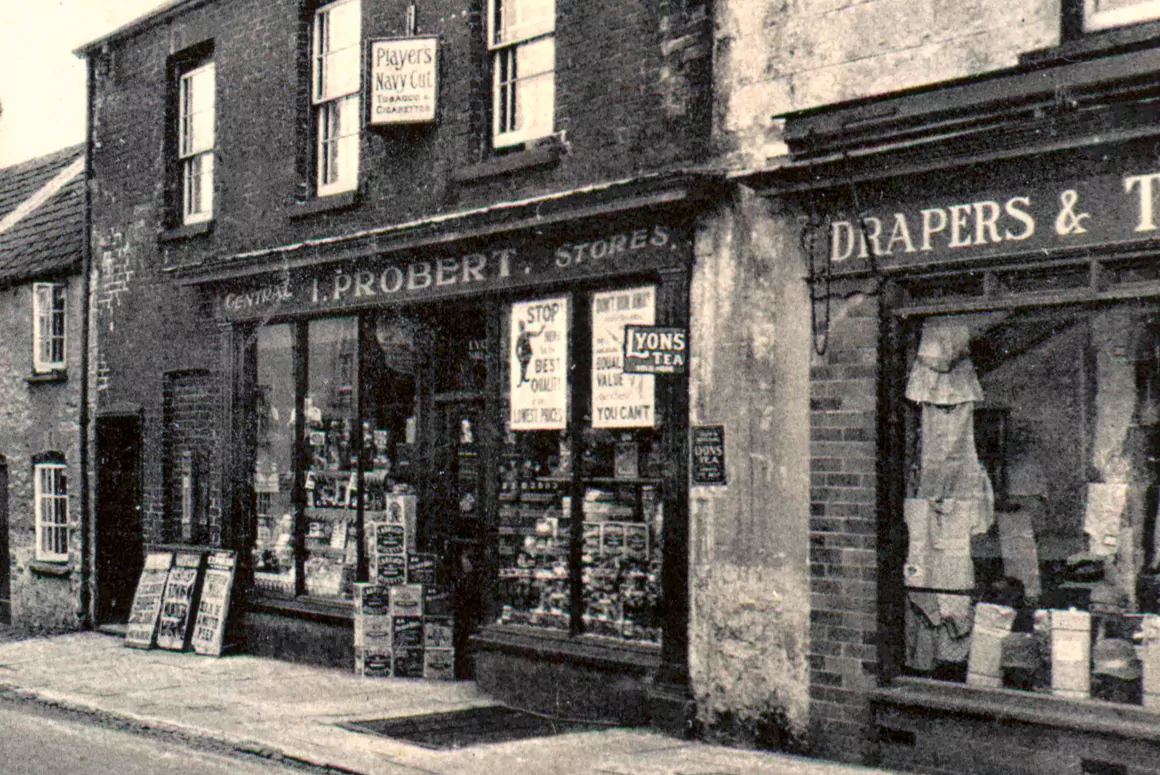
The work involved in preserving and promoting Raglan’s heritage has to be applauded. Those involved have made a ‘present of the past’ for future generations to enjoy, encouraging us to look beyond our large towns and cities to appreciate the beauty of the landscape, the architectural conservation and perhaps most importantly the stories of the people that have helped shape Wales.
Words: Karen Foy
Feature image: Castle Players, performance of ‘Poison Pen’ at Jeffrey’s Hall in Raglan in 1953. Castle Players gave performances for 30 years and were comprised of local residents.
First published in Welsh Country Magazine May-Jun 2011


